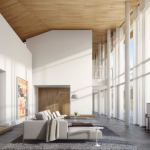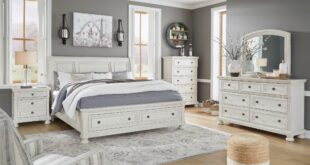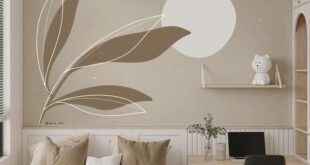Architecture interior design is a field that combines creativity, functionality, and aesthetics to create beautiful and functional spaces. This discipline focuses on the organization and design of interior spaces, considering factors such as spatial planning, lighting, materials, colors, and furniture to enhance the overall look and feel of a building or room.
Architectural interior design plays a crucial role in transforming a space into a functional and visually appealing environment. By carefully planning and designing interior spaces, designers can create rooms that are efficient, comfortable, and aesthetically pleasing. This involves considering factors such as traffic flow, natural light, and the use of materials to create a cohesive and harmonious design that reflects the needs and preferences of the occupants.
One of the key components of architectural interior design is space planning. This involves analyzing the layout and dimensions of a space to determine the most efficient and practical way to arrange furniture, fixtures, and accessories. By optimizing the use of space, designers can create rooms that are both aesthetically pleasing and functional, ensuring that the space meets the needs of its users.
Lighting is another important aspect of architectural interior design. Effective lighting can enhance the mood and atmosphere of a space, as well as highlight architectural features and design elements. Designers must carefully consider the placement of lighting fixtures, as well as the type and color of light used, to create a well-lit and inviting space that enhances the overall design.
Materials and finishes are also key elements of architectural interior design. The selection of materials such as flooring, wall coverings, and fabrics can have a significant impact on the look and feel of a space. Designers must consider factors such as durability, maintenance, and aesthetics when choosing materials, ensuring that they are both functional and visually appealing.
Furniture selection and arrangement play a crucial role in architectural interior design. The furniture in a space not only provides comfort and functionality but also contributes to the overall aesthetic. Designers must carefully select furniture pieces that complement the overall design concept, as well as arrange them in a way that maximizes space and enhances the flow of the room. By paying attention to every detail, from lighting to furniture selection, architectural interior designers can create spaces that are both beautiful and functional.
 bebadesign Interior Design Ideas
bebadesign Interior Design Ideas














